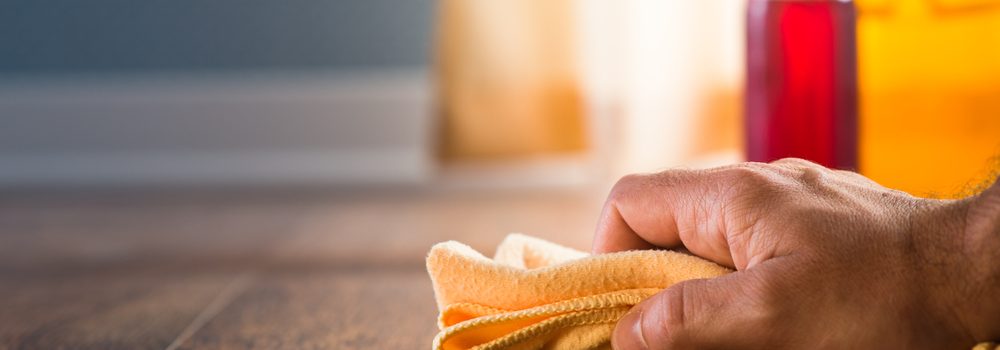
Top 3 Things You Should Know About Ebonizing Wood
Ebonizing Wood
Ebonizing is a process of staining wood naturally without affecting its natural beauty. It is a way to put emphasis on your wood’s graphic look. Ebonizing is also called iron staining.
1. Things to Consider When Ebonizing
The wood to use
Ebonizing relies on iron and how it will react with the wood’s natural tannic acid. If your wood doesn’t have enough tannic acid, you might not get the result that you want. The limited tannic acid in wood leads to unpredictable ebonizing results.
For the best result, it is best to oak. Oak is known for its high tannic acid content. Walnut is another reliable option if you want to do ebonizing.
The solution to use
You also have to consider the solution you are using. One technique you can try is to use an organic tannic acid first. It will help in saturating the wood’s fiber. For the rusty nails, soak it in water with iron solution for weeks. The downside of using a solution rather than relying on the natural tannic acid of the wood is the finished product – it produces bluish tint on the wood.
You can try to add other colors to reduce the bluish mark but more often than not, the result is not as good as natural ebonizing.
2. Different Ebonizing Solutions to Try
Steel Wool and Vinegar Solution
You will need 12-pad steel wool, lacquer thinner, a gallon of vinegar (white), and containers. Remove the excess oil from the steel wool by washing it with lacquer thinner. Wash it three times. Leave it to dry.
Put the steel wool pads in a bucket and pour the white vinegar. Make sure it is totally submerged. You will know that it is working once bubbles start to appear. Keep the steel wool submerged for up to 3 days. Stir it occasionally to ensure that all sides are submerged in white vinegar. Strain the vinegar solution. Now you have a solution to ebonize your wood.
Bark Powder Tea and Vinegar/Iron Solution
Another solution that you can use to increase the tannic acid of wood is bark powder tea with vinegar. This is a very easy solution to make. First, you have to soak your wood with bark tea. Leave it for the wood to absorb the tea.
Now add your vinegar and iron solution to the wood. Wait for the solution to be absorbed by the wood again. Rinse it with bark tea afterward.
3. What to Do Before Ebonizing Wood?
Sand your wood
Before applying any solution to your wood, sand it first. Use fresh paper for sanding to avoid burnishing your wood. If you are using a bark powder tea explication, soak your wood after sanding. Make sure it is completely submerged in your bark tea solution. Afterward, you can add your vinegar/iron solution.
Wash your wood
After applying each solution, always wash your wood. Rinse it to remove residue. Washing it with clear water also helps you check if you got the stain you wanted or if you need more bark tea to add shade to it. If you find a spot with a lighter stain, sand, and soak that part again with your bark tea solution.
Ebonizing might sound simple to most but even the most experienced in this craft find it challenging to ebonize and get the color they want. Inconsistencies and varying results are often experienced especially with a different kind of wood being used. This only shows that if you found a piece of furniture with great ebonized wood – then you know that it was created with love and passion!
